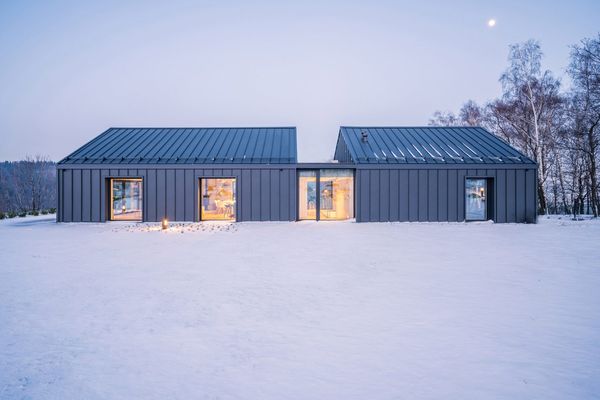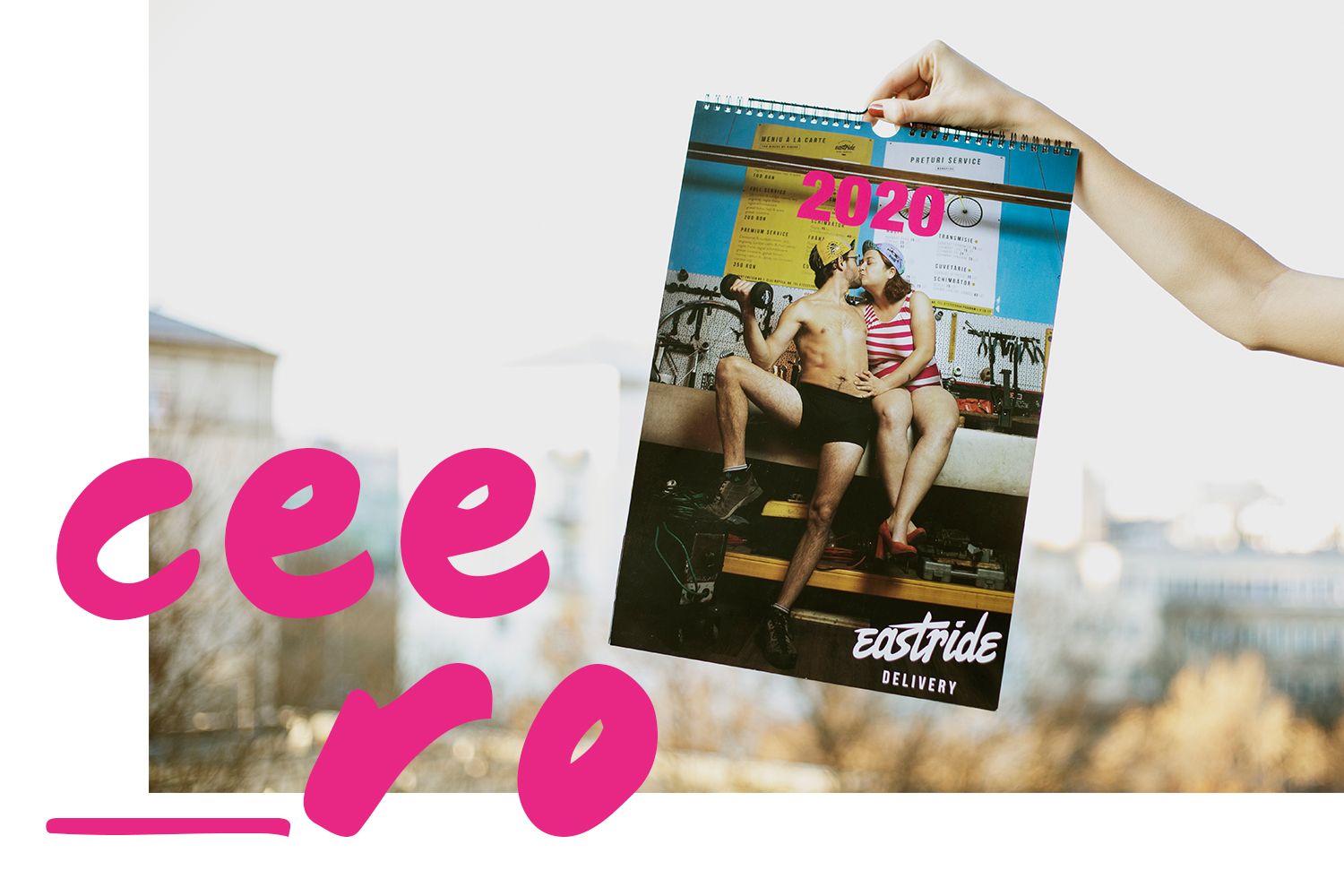Young cyclists who believe in sustainable and innovative cities: the Eastride Delivery courier service only uses eco-friendly delivery methods in the spirit of environmentalism, and they also play a dominant role in preserving Romanian bicycle culture. The “Eastriders“ hop on their bikes in spite of the urban environment built on mountains, rain, snow and cold weather any time.
Bernadette Fejér and Ágota Szilágyi K. created a photo series and a calendar in which they captured the mentality of Eastride and what being Eastern European means to them: courage, spiced up with some melancholy, humor and irony.
Interview!
What is the background story of your collaboration?
Bernadette Fejér: When Eastride contacted me with the project, I knew for sure that Ágó will be my collaborator, partly because we have already worked on some projects together. As a photographer, I consider the anthropocentric method of expression important, my concepts always feature man, a given person, sometimes naked or in revealing clothing. My goal is to resolve nakedness and prejudices handled as a taboo. This visual expression symbolizes honesty for me, and it also encapsulates the importance of a positive body image and accepting ourselves. This ideology is important for both of us, which was indispensable for us to be able to develop the project together. Another important aspect was the fact that both of us have a significant knowledge about the location.
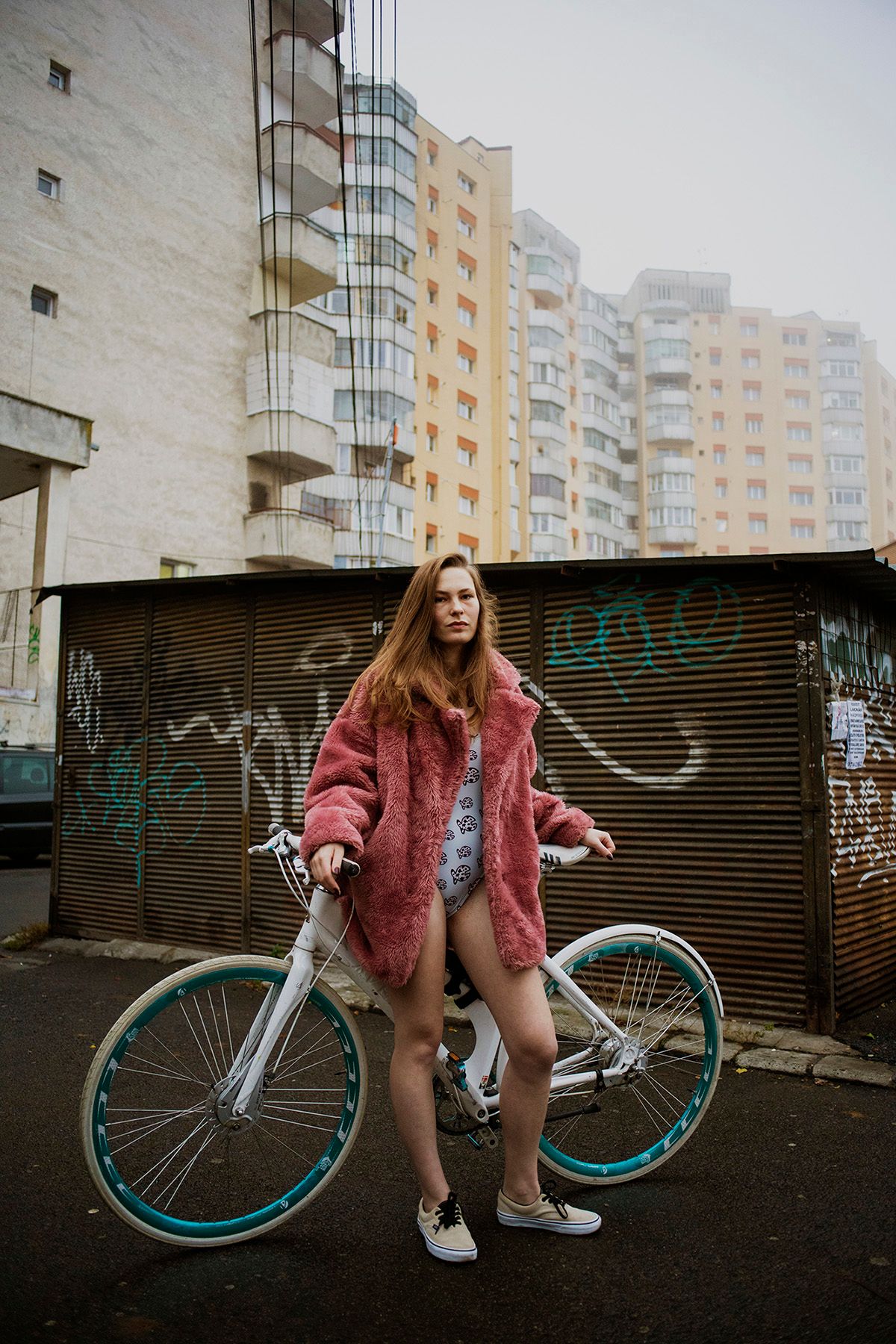
A pink fur coat, bathing suit, smoke and graffiti, authentic city excerpts from the less known spots of Cluj-Napoca. The photos and the creative concept present the members of the Eastride team in a bold and amusing way, but they also have something more to them. What was your basic concept?
Ágota Szilágyi K.: The concept comes from Berni and Balázs Halmen, one of the founders of Eastride. I only connected them and then agreed with them. I think it is not a problem if we admit it that we saw the images before our eyes first, and the ideas for styling and locations only came afterwards, as we were completely sure that this will work, and so we only started to think why we work on this project or what this is exactly after all of that. For me, this phase happens every time – I question what I’m doing at the moment and I can’t proceed until I answer these questions. The bike project had several answers, and I think Berni and I (as well as Eastride, the client) were inspired by different things, which complemented each other very well. My two main motivations were the “body positivity” mentality and being Eastern European: I felt that this project was a good opportunity to show something from these in images that we cannot always say with words. Of course, we had fun from the beginning to the end (except when we were sent away from a factory site, but we still stayed there to photograph a model; at that time I was quite scared that the porter lady, who must have remained from the previous system, will come back, will see the scantily dressed mister and miss and the smoke machine and she will scream at me). It was not our express intention to make it funny, but we can only bear with this “almost-Balkan” world that we live in if we can take a step back and laugh at our own situation. What comes through the pictures is the completely unconscientious self-irony that we live with.
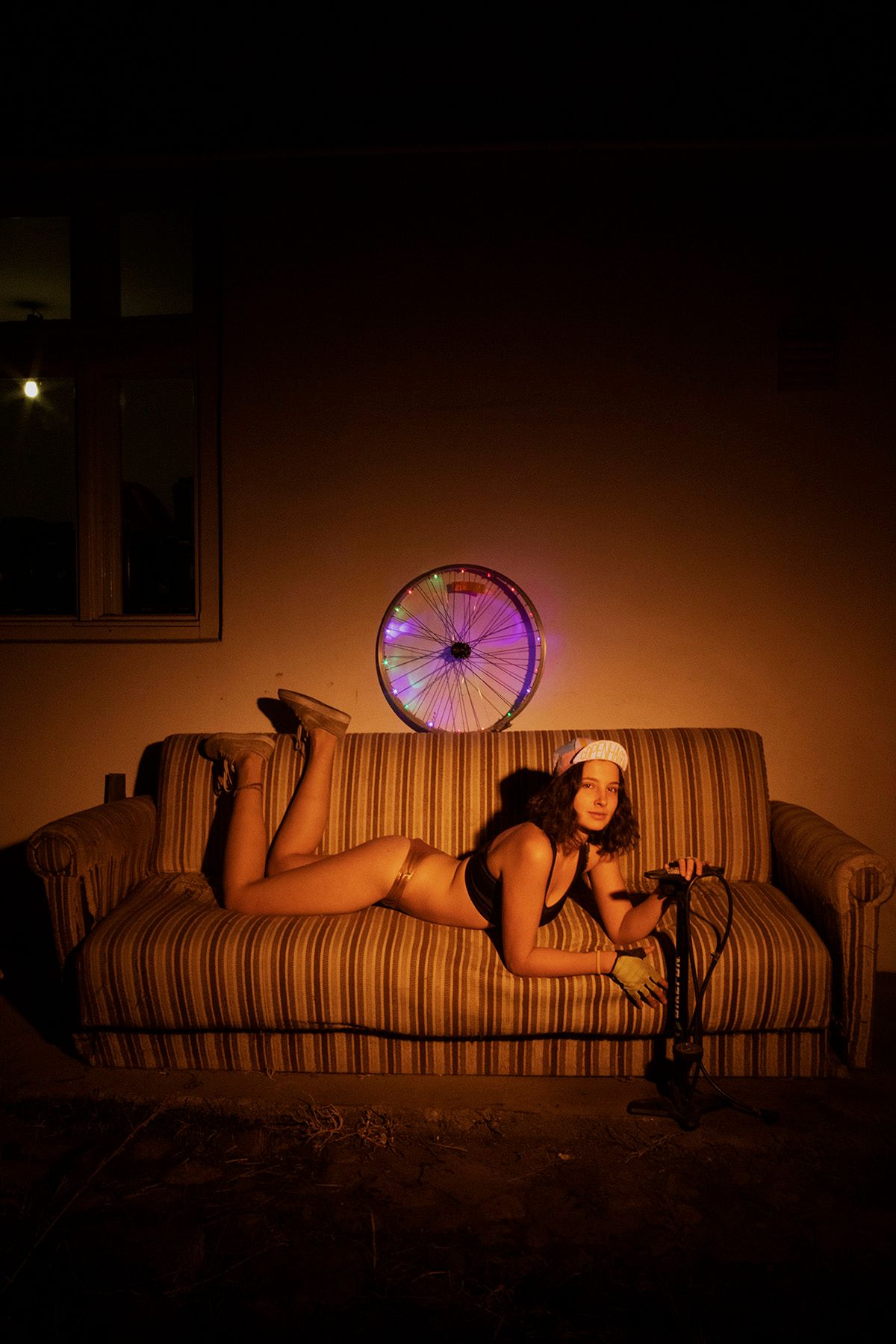
B.F.: I agree with Ágó. It all started with my exhibition at Ágó’s apartment gallery called Blokkgaleri, where I presented several of my photo series. Once the exhibition was over, Balázs saw the pictures in the back of the car, and asked me to do a photo series about the couriers. Then we imagined the visual world and the concept: Eastern European atmosphere and brutalist buildings mixed with the world of the lingerie advertisements of the ‘80s and the ‘90s. A humorous and a bit surreal world – this is how we see this almost Balkan atmosphere, the one Ágó referred to. And this approach complemented the mentality and message of Eastride: sustainability and cycling are sexy.
Not only the imagery of the photos, but the calendar created out of them is also built on a unique philosophy: you created it in a simplified form, which almost loses its basic function. What is the ideology behind this solution?
Á. Sz.K.: I wanted to create this calendar format for long, but as it transforms into an object with which the unresolvable tension of functionality and form can be circumvented, which also allows us to convey a message in a completely banal form (out of mass products, T-shirts are like this nowadays, and recently I have been experimenting with pillows instead of calendars). If we do good, with the help of this we can sneak some concepts into people’s homes and lives that they would otherwise contest. I am a strong believer that the objects we surround ourselves with shape us. With one of my previous calendars, for example, my goal was to poke the very rigid attitude towards folk costumes and folk culture I experienced in my environment, and it has reached its goal: the calendar proved to be a useful format for the photos taken in the subject to reach people.
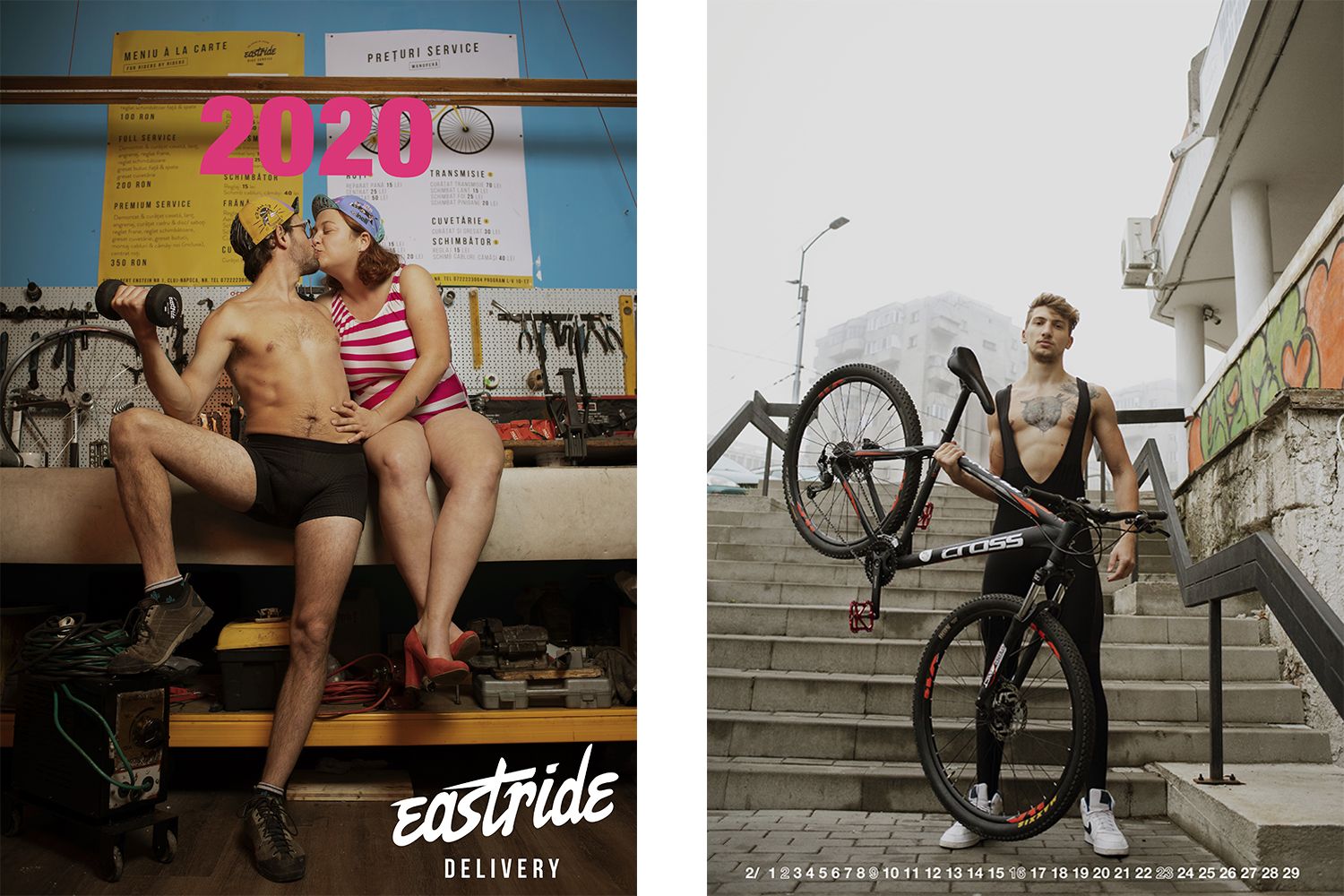
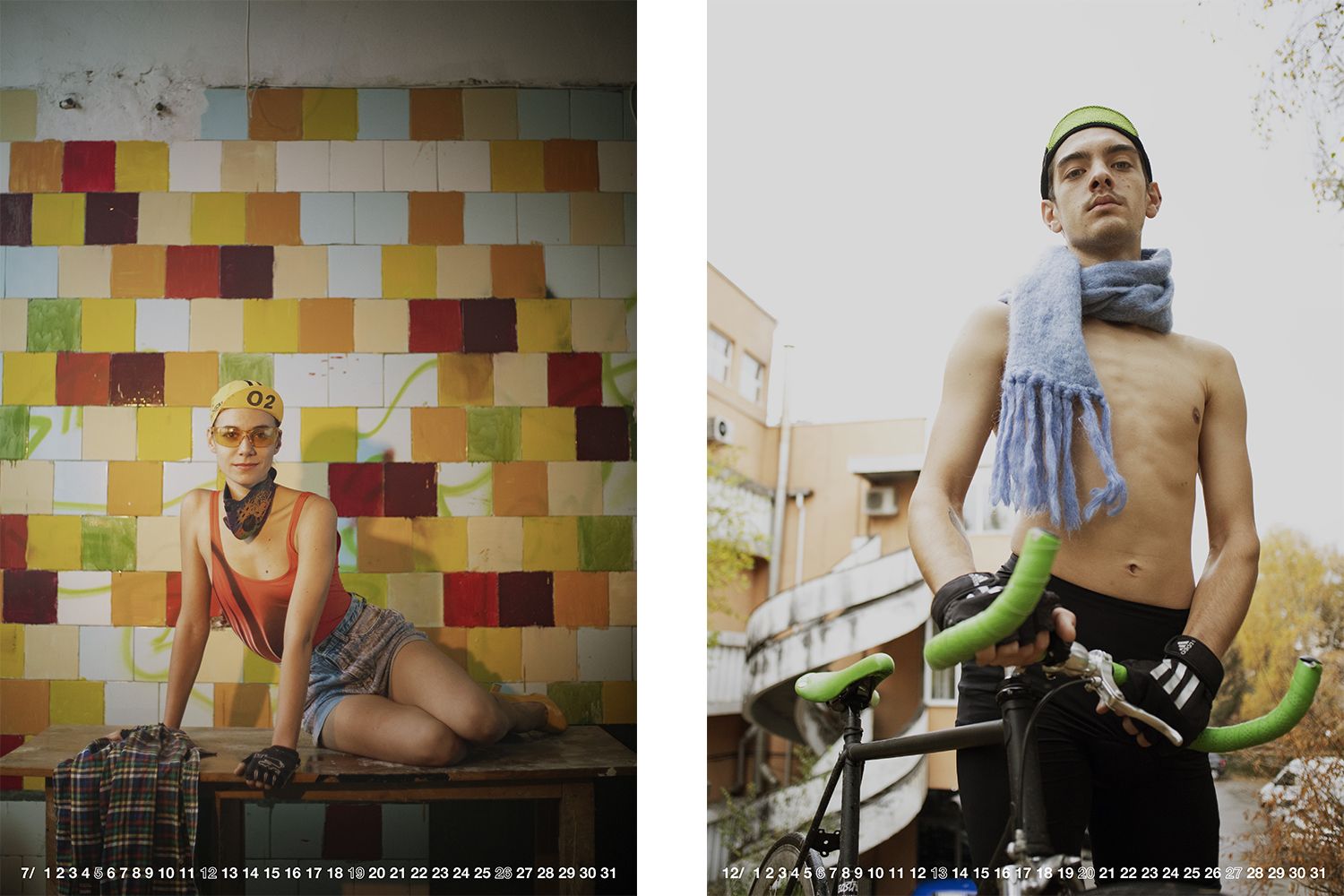
Eastride is not only a courier service: it is also a community, and so they organize various events from time to time. You debuted the calendar and the photo series in the form of an exhibition in Cluj-Napoca at one of the events of Eastride, at the headquarters of the courier service. Do you have any future plans with the photos, will there be a next calendar?
Á. Sz.K.: We haven’t been planning a next calendar so far, but we would be happy if we could show this series at several other places, too, perhaps in the form of additional exhibitions. My secret hope is that there will be other invitations or own ideas so that we can work with these issues in the future, too.

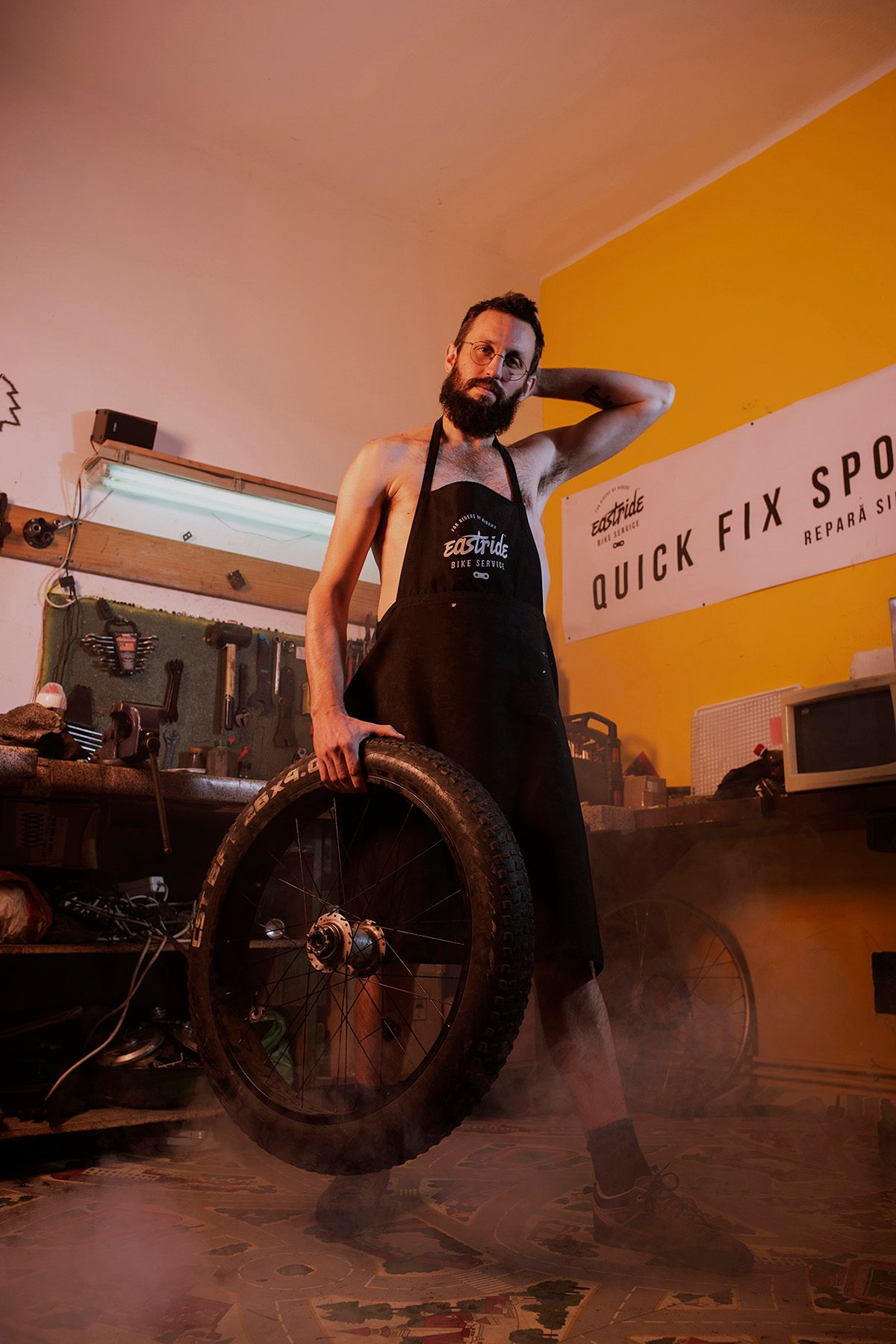
Creative: Ágota Szilágyi K.
Photos: Bernadette Fejér
Clothes: Antifactory Vintage Shop, Budapest
Production: Zoltán Telek
Eastride Facebook | Eastride website
The CEE-RO series presents emerging artists and designers living and working in Romania amongst the countries of the Central-Eastern European region, focusing on the values of the local and progressive design culture.
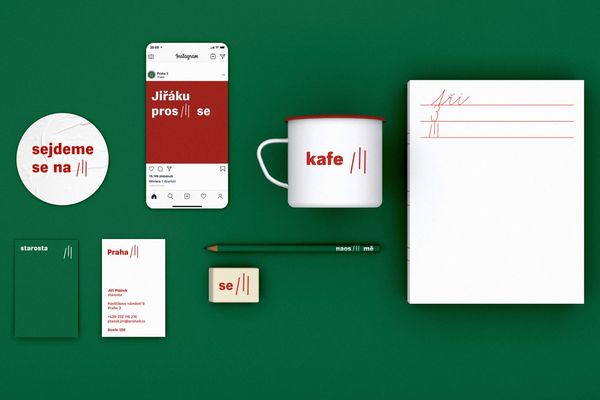
Another take on a city district’s image | Jakub Vaněk Studio

Transcendental floating and land art | The success of a Hungarian engineering firm in Vienna
